Designing State Management and Business Logic in Flutter
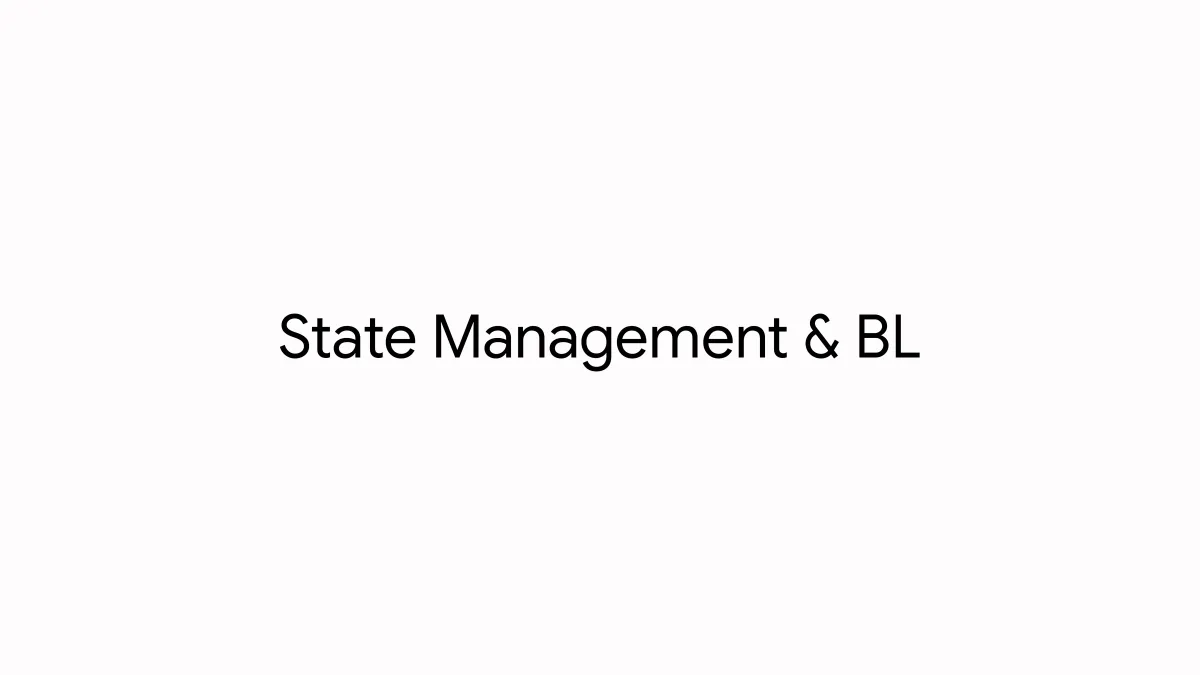
State management and business logic are two critical parts of the application architecture. This article explains how to distinguish between them and how to implement BLoC correctly.

State management and business logic are two critical parts of the application architecture. This article explains how to distinguish between them and how to implement BLoC correctly.
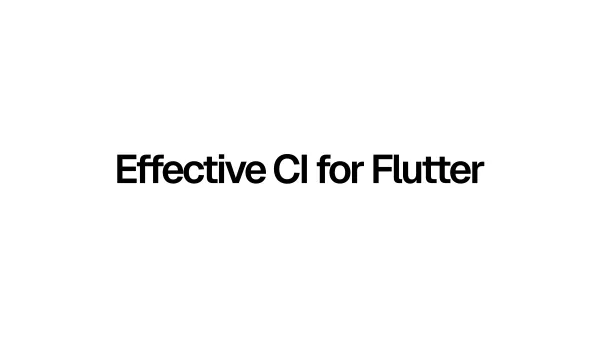
When you push code, the CI pipeline automatically validates it against lint rules, enforces formatting, runs tests and builds the application. This guide covers best practices and optimization techniques for efficient Flutter CI pipelines. This example uses GitLab for CI configuration, but most other Git providers offer similar features. This
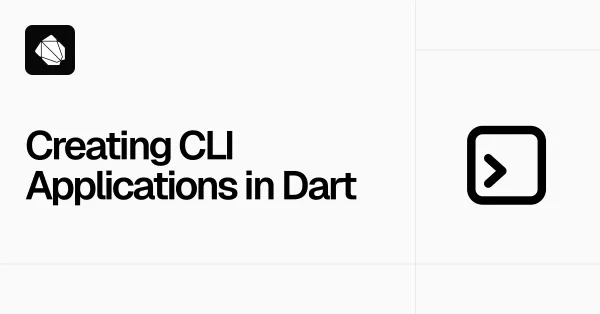
You can interact with computers in two primary ways: through a Graphical User Interface (GUI) or a Command-Line Interface (CLI). While GUIs are more user-friendly for general tasks, CLIs are ideal for scripting, developer tools, and system utilities. 1. Why Dart? 2. Parsing Arguments 3. Defining Commands 4. Structuring CLI
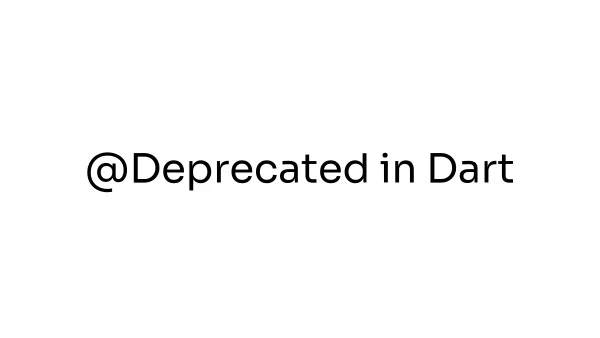
Software engineers often refactor code due to business requirements or inefficient implementations. This article explains how to use the @Deprecated annotation in Dart to refactor code in a controlled and predictable way. 1. Mark Code as Deprecated 2. Handle Deprecation Warnings in CI
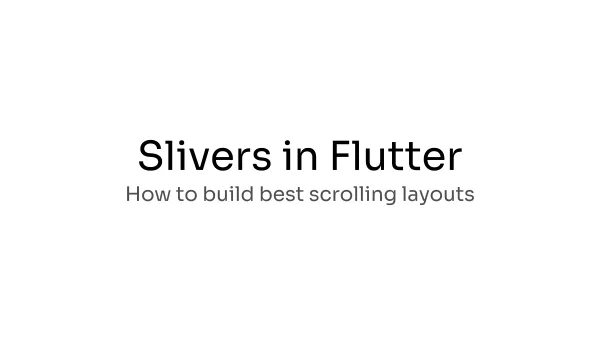
This article covers how scrolling works, the differences between various scroll widgets, techniques for building efficient layouts with slivers, and common mistakes to avoid when working with lists. Table of Contents 1. Box and Sliver Protocols 2. How Scroll Works 3. When to use Slivers 4. Structuring Sliver Widgets 5.